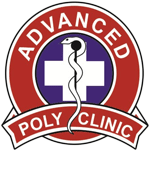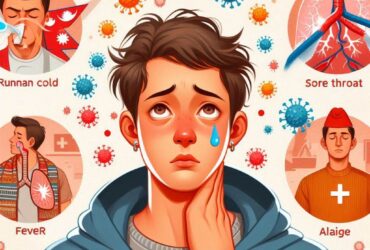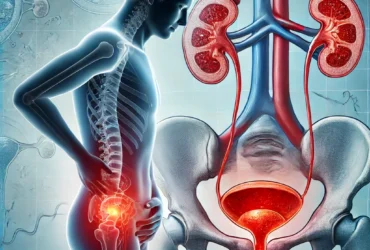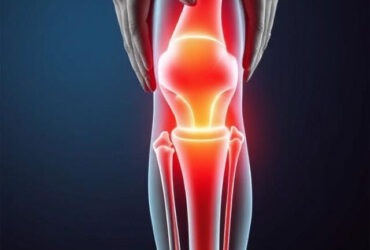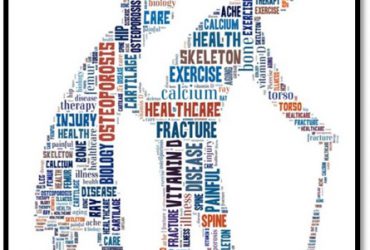Overview
Malaria is a mosquito-borne infectious disease caused by Plasmodium parasites. It is transmitted through the bite of infected female Anopheles mosquitoes. Although Nepal has made significant progress in controlling malaria, the disease still poses a risk in certain regions, especially in the lowland Terai areas.
Causes & Transmission
Malaria is caused by different species of Plasmodium, with P. falciparum and P. vivax being the most common in Nepal. The disease spreads when an infected mosquito bites a person, transmitting the parasite into the bloodstream.
Symptoms of Malaria
- High fever, often with chills
- Sweating
- Headaches
- Muscle and joint pain
- Nausea and vomiting
- Fatigue
- Jaundice (yellowing of skin and eyes in severe cases)
- In severe cases, complications such as organ failure, severe anemia, or coma may occur.
High-Risk Areas in Nepal
Malaria is most common in:
- Lowland Terai regions, particularly near the Indian border
- Forested areas with high mosquito activity
- Agricultural zones with stagnant water
Prevention & Control
- Mosquito Control: Use insecticide-treated bed nets (ITNs), indoor spraying, and mosquito repellents.
- Personal Protection: Wear long-sleeved clothing and avoid outdoor activities during peak mosquito hours (dusk and dawn).
- Prophylactic Medications: Travelers to malaria-endemic areas may take antimalarial drugs as a preventive measure.
- Early Diagnosis & Treatment: Prompt diagnosis and treatment with antimalarial medication can prevent complications and reduce transmission.
Malaria Treatment
- Antimalarial Medications: Artemisinin-based combination therapies (ACTs) are commonly used.
- Supportive Care: Hydration, fever management, and monitoring for complications are essential.
- Hospitalization: In severe cases, hospitalization and intensive care may be required.
Government Efforts & Malaria Elimination in Nepal
Nepal has implemented the Malaria Control Program, aiming to eliminate malaria by 2030. Strategies include:
- Strengthening surveillance and early detection
- Expanding access to rapid diagnostic tests (RDTs) and effective treatment
- Community education and awareness programs
- Collaboration with international health organizations
When to See a Doctor
If you experience fever, chills, or flu-like symptoms after visiting or living in a malaria-prone area, seek medical attention immediately. Early diagnosis and treatment can prevent severe complications.
Conclusion
Malaria remains a health concern in Nepal, but with proper preventive measures and timely treatment, the risks can be minimized. Awareness and adherence to malaria control guidelines are crucial for both residents and travelers in endemic areas.
